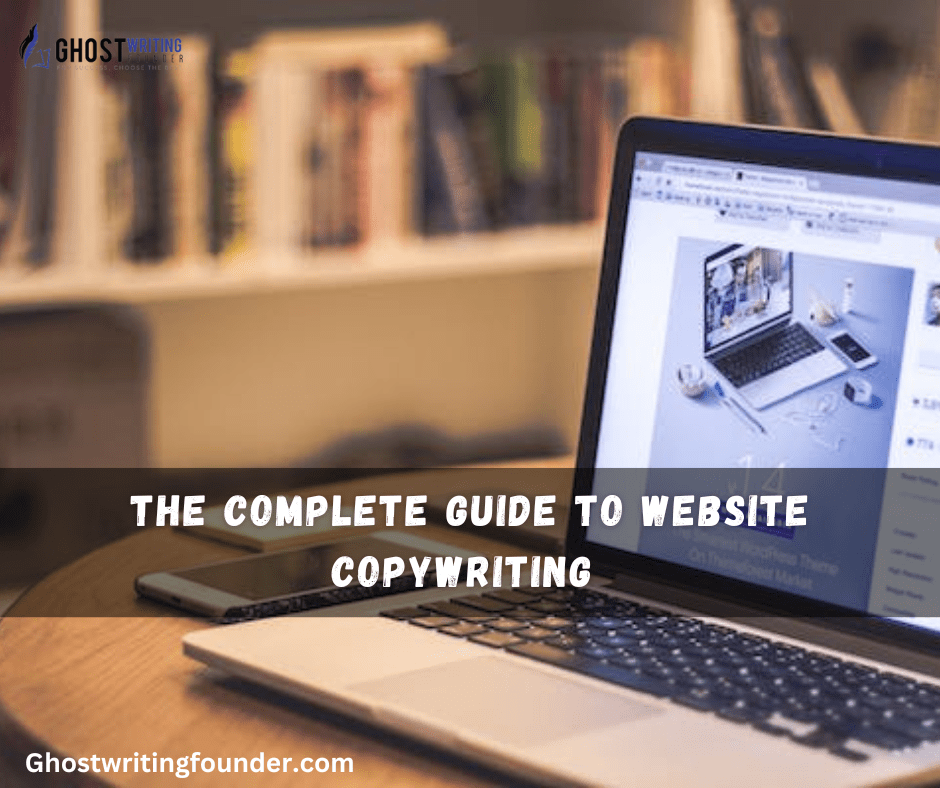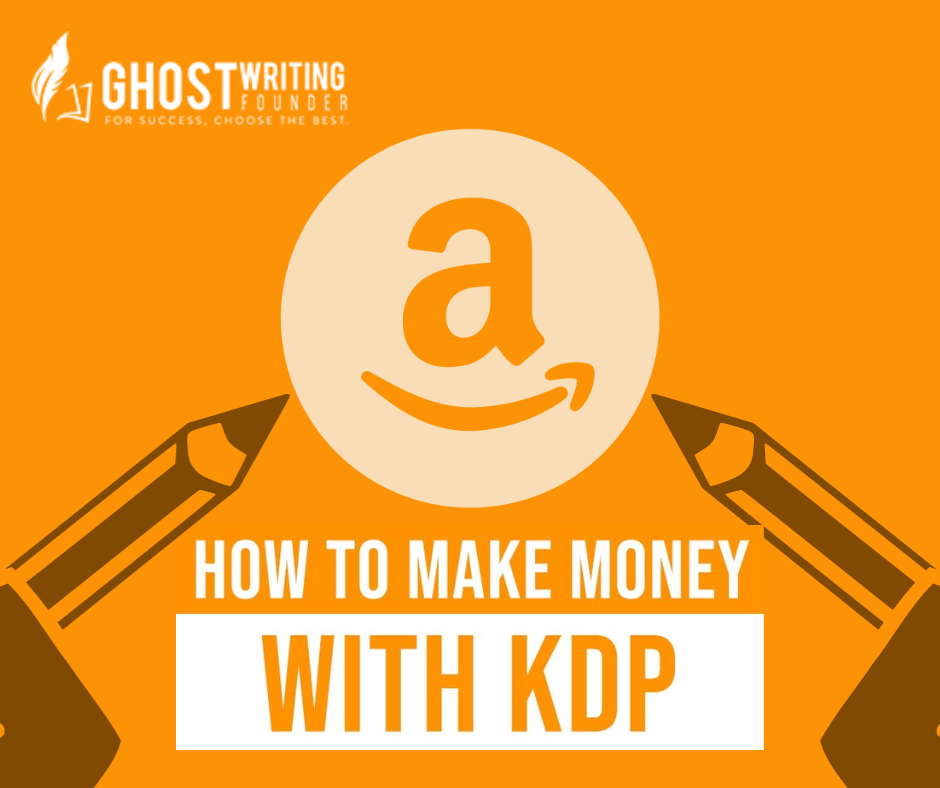
Writing
Introduction
On the web, a copy is everywhere. It’s always on your website, and most of your sales emails, product descriptions, and landing pages comprise it. It’s also an important part of your social media marketing.
The point is that you can’t have a full presence online without Website Copywriting. And not just any kind of copy, but high-quality words that draw in readers and turn them into paying customers.
So, if the text on your website is uninteresting, this guide is perfect for you. At the end of this guide, you’ll know how to write web copy that gets your business real results.
What is website copywriting, and why is it so important?
Website copywriting is writing words that make people want to read your words. It’s about using the right words to convey your message and persuade people to take action.
Good website copywriting is clear, concise, and easy to understand, much like the principles outlined in How to Write Non-Fiction Book. It’s also engaging and interesting, so people will want to keep reading. And it’s always relevant to the target audience. However, no matter what website copywriting services you provide, the most important thing is to write for your target audience.
How is copywriting different from content marketing?
Copywriting is a type of content marketing specifically designed to sell something. It’s different from other types of content marketing, like blogs and articles.
Copywriters use words to convince people to take action, whether buying a product, signing up for a service, or donating to a cause. They do this by understanding their audience’s needs and desires and crafting messages that appeal to them.
Website Copywriting is an important part of any marketing strategy, but it’s not the only thing you need. You also need content that educates and entertains your audience.
The main goals of website copy
Web copywriting is more than just writing words that sell. It’s about creating a complete user experience that appeals to your target audience. It conveys the value of your business and persuades people to take action.
Here are five key goals of Website Copywriting :
Appeal to your target audience
Your copy should be written in a way your target audience can relate to. Use language that they understand and speak their language.
Convey the value of your business
What sets your business apart from the ones that are similar to it? What do your goods or services do for people? Your copy should make it clear what value your business has to give.
Work well with the external parts of the website
Your copy should work together with your web page’s images, videos, and other visual elements to create a unified and visually appealing experience.
Persuade people to take action
What do you want people to do after they read your copy? Do you want them to sign up for a newsletter, add to the cart, or call your business? Your copy should clarify what you want people to do and why they should do it.
Types of website copywriting
Let’s look at the most common copywriting jobs so you know what to expect when you start writing:
SEO copywriting
SEO copywriting is about writing content optimized for keywords that people are searching for on search engines. Learn more about this in SEO Blog Writing This involves researching keywords with high traffic volume and then incorporating those keywords into your content.
Blog copywriting
Blogging is a great way to improve your SEO marketing strategy. Search engines love fresh content, and posting blogs regularly will help you rank higher in search results.
Your website visitors are also usually looking for informative content about your brand. So writing lets you talk to them directly and build a group of loyal readers.
When you write a blog, you want to teach your readers something and give them more information about a subject.
The Website Copywriting process
Writing copy for a website can be hard, but it doesn’t have to be. You can write clear, short, and convincing website copy following these easy steps.
Understand the project
First, you need to clearly understand the purpose of the web page. Figure out Who is your target audience and what are their pain points? Think about what you are trying to achieve with this copy. Once you understand the project, you can start to plan your copy.
Outline the value proposition
The next step you need to create a value proposition and think about What makes your product or service unique? What benefits do you offer that your competitors don’t, and what problems do you solve for your customers?
Clearly articulating your value proposition is essential for writing effective website copy.
Do your market research
Now it’s time to figure out who is your target audience. What are their needs and wants? What are their pain points? And what are they looking for in a product or service like you provide?
The more you know about your target audience, the better you can tailor your copy to their needs.
Start with an outline
An outline will help you stay organized and on track as you write your copy. It will also help you ensure your copy is clear, concise, and persuasive.
Write your draft copy
This is where the creative work begins. Use your outline as a guide, but don’t hesitate to get creative. Use strong verbs, vivid language, and persuasive arguments to convince your readers to take action.
Revise and edit
Once you have a draft of your copy, take some time to revise and edit it. This is where you will polish your copy and make sure that it is free of errors.
Publish and track your results
Once you are happy with your copy, publish it on your website. Then, track the results to see how it is performing. You may need to adjust your copy based on the results.
Main Attributes and Elaborate Information
| Copywriting Element | Creative Insight | Practical Application |
|---|---|---|
| The Essence of Copywriting | Copywriting is the art of persuasive and engaging writing that drives action. | Focus on crafting messages that compel readers to engage with your brand. |
| Audience Connection | Understanding and speaking the language of your target audience is crucial. | Research and use the vernacular and interests of your target audience in your copy. |
| Value Articulation | Clearly conveying the unique benefits of your products or services. | Highlight what sets your offerings apart in a clear, compelling manner. |
| Copy and Design Synergy | The interplay between textual and visual elements enhances user experience. | Ensure your copy complements and is enhanced by the website’s visual design. |
| Action Orientation | Persuading readers to take a specific action, such as purchasing or subscribing. | Create clear, compelling calls to action that align with your business goals. |
| Copywriting Forms | Diverse types such as SEO copywriting and blogging serve different purposes. | Tailor your writing style to suit the specific format, whether it’s for SEO, blogs, or landing pages. |
| Writing Process | A structured approach to crafting and refining web copy. | Follow a systematic process from understanding the project to tracking results post-publication. |
Conclusion
Writing copy for a website can be hard, but it doesn’t have to be. Following this guide’s steps, you can write clear, short, and convincing website copy. This will help you reach your business goals and get more people to visit your site.
In addition to the steps outlined in this guide, you can do a few other things to improve your website copy. One is to hire professional Book Editing Services to review your copy, ensuring clarity and impact. And another thing you can do is to read books on book writing and copywriting, like those discussed in Non-Fiction Books This way, you can learn new techniques and strategies that you can use to improve your copywriting skills, as detailed in How to Write a Voice Over Script 10 Methods Explained.
Finally, don’t be afraid to experiment with different writing styles and techniques. The best way to learn how to write effective website copy is to practice.









Leave a Reply